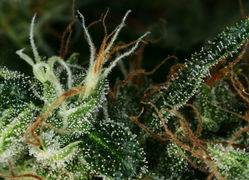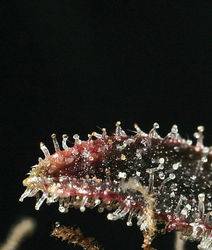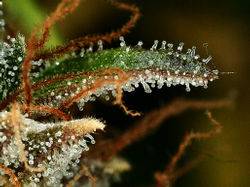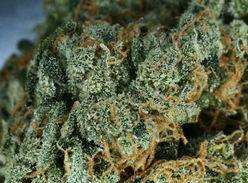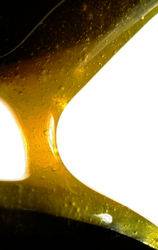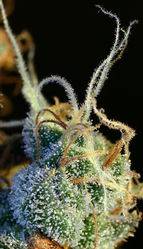Over the past 2 years i been interested in macro photography..It started with shooting buds then its progressed to insects..Its a passion of mine which i try to spend a min of 3-4hours a day macroing insects..i dont have to work so i can spend all my time on this hobbie.Over the last 2 years i been hard at it working ,reading/studding macro photography.
Over the next few weeks i hope to put every thing in this thread that i have learnt over the past 2 years..

Over the next few weeks i hope to put every thing in this thread that i have learnt over the past 2 years..

Last edited:






 kind regards from guineapig
kind regards from guineapig  )
)

